Ever felt that sharp pain in your shoulder when reaching overhead? Or maybe that nagging ache in your hip that makes walking uncomfortable? If you’re nodding along, you might have bursitis – and you’re not alone.
As a bodywork therapist who’s helped many people find relief from this condition, I’ve seen how bursitis can disrupt daily life. The good news? Specific bodywork techniques can help you recover and return to the activities you love.
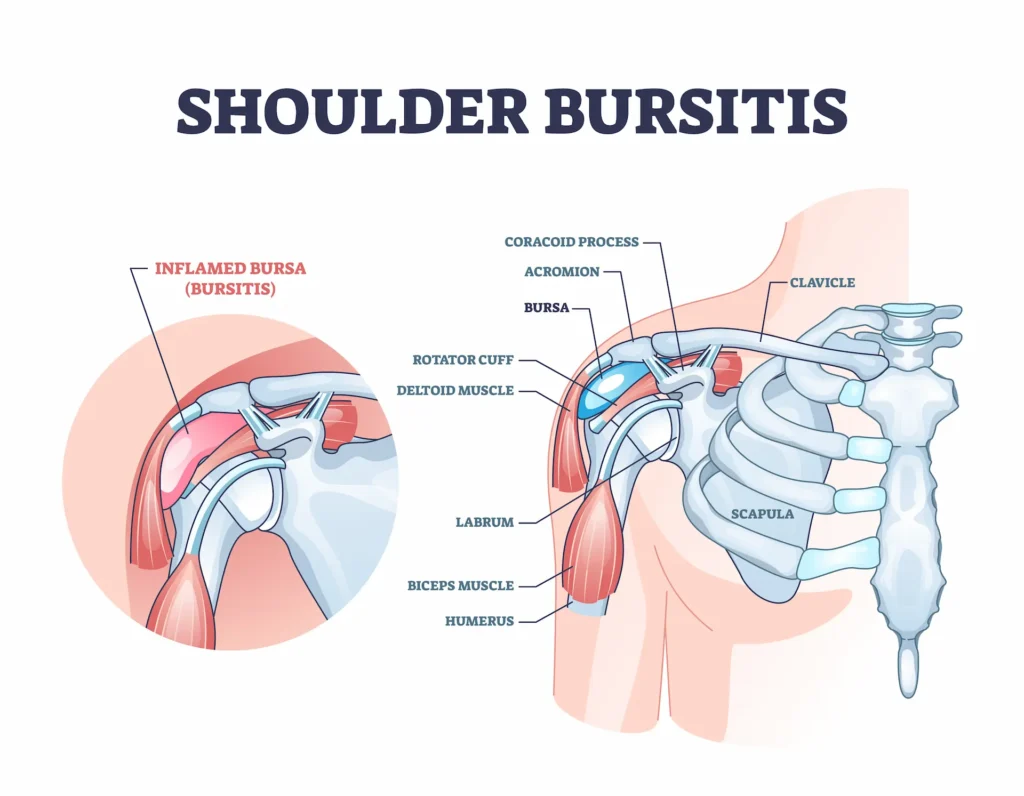
Bursae are small, fluid-filled sacs that cushion your joints. When these cushions become inflamed – from repetitive movements, injury, poor posture, or medical conditions – you’ve got bursitis.
Bursitis commonly affects the:
The signs include:
While rest, ice, and medication help, many people seek additional relief. That’s where bodywork therapy comes in – addressing both symptoms and underlying causes.
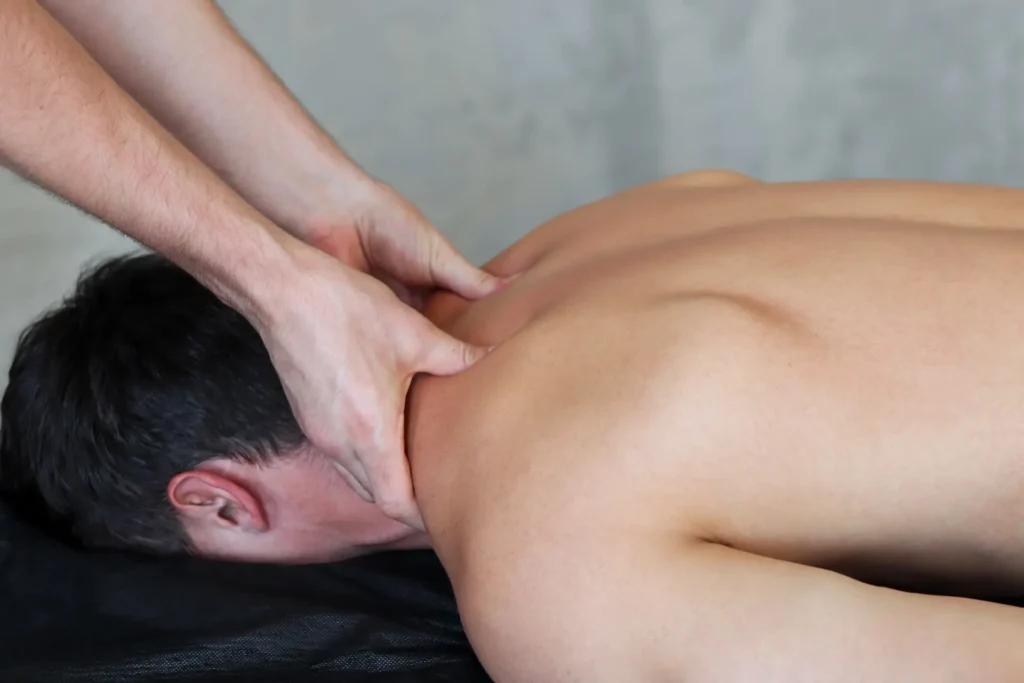
Effective bodywork for bursitis can:
Bodywork is valuable because it treats your whole body, not just the painful spot. As I tell clients, “Where you feel pain isn’t always where the problem started.”
Let’s explore the techniques that work best for bursitis.
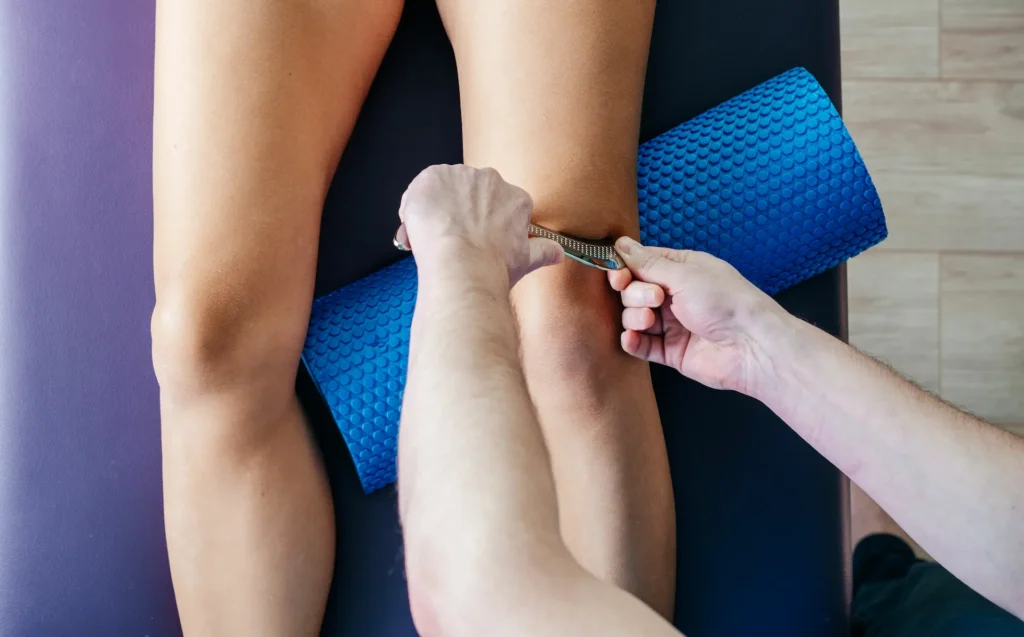
Fascia is the tissue that wraps around your muscles, bones, and organs. When fascia tightens due to injury or poor posture, it can limit how well your joints move and lead to bursitis.
Myofascial release is a gentle technique that helps loosen tight fascia. Unlike aggressive treatments that might worsen inflammation, it’s a safe and effective way to relieve tension.
Michael, a construction worker with shoulder bursitis, struggled to lift his arm without pain. After three sessions of myofascial release on his chest, upper back, and neck, his movement improved by 40%. By freeing the tight fascia pulling on his shoulder, we created space for his bursa to heal.
Myofascial release can:
Trigger points are sensitive knots in muscles that can send pain to other areas. For bursitis sufferers, trigger points in nearby muscles often contribute to joint pain.
Using specific pressure techniques, trigger point therapy can provide immediate relief while supporting long-term healing.
One client with hip bursitis could barely walk when she came in. We found trigger points in her hip muscles that were causing her bursa pain. After one session, she walked with less pain. Within weeks of releasing these trigger points, her symptoms greatly improved.
Joint therapy gently moves your joints to improve flexibility and ease pressure on inflamed bursae. It works with your body’s natural movement to promote healing.
For bursitis, joint therapy can:
These gentle techniques work particularly well for knee and shoulder bursitis, where joint alignment directly affects the bursa.
Cupping creates suction that lifts tissue, increases blood flow, and reduces inflammation. Those circular marks you’ve seen on athletes? That’s from cupping therapy.
For bursitis, cupping offers:
I typically use both stationary cups (on specific tight spots) and moving cups (glided across larger areas). One client described it as “feeling like someone drained the pressure out of my knee.”
Cupping is applied around the inflamed bursa, not directly on it. The suction draws inflammation away while improving circulation.
Gua Sha uses a smooth tool to apply pressure strokes to the skin, creating temporary redness that triggers healing. When done properly, it’s comfortable and effective for stubborn bursitis.
This technique:
A client with elbow bursitis that hadn’t responded to other treatments found relief with Gua Sha. After two sessions, his swelling decreased, and within three weeks, he reported 80% improvement.
Tight muscles around a joint can create pressure that worsens bursitis. Assisted stretching – where the therapist guides you through stretches – helps restore muscle balance and joint balance.
This approach is more effective than stretching alone because it engages your nervous system for deeper releases.
For hip bursitis, stretching the IT band, piriformis, and hip flexors can significantly reduce pressure on the bursa. Each stretch is customized to your needs and comfort.
Reflexology works on specific points in the feet that connect to other body areas. For bursitis, it:
Many clients find that reflexology improves sleep and reduces tension – both important for healing inflammation.
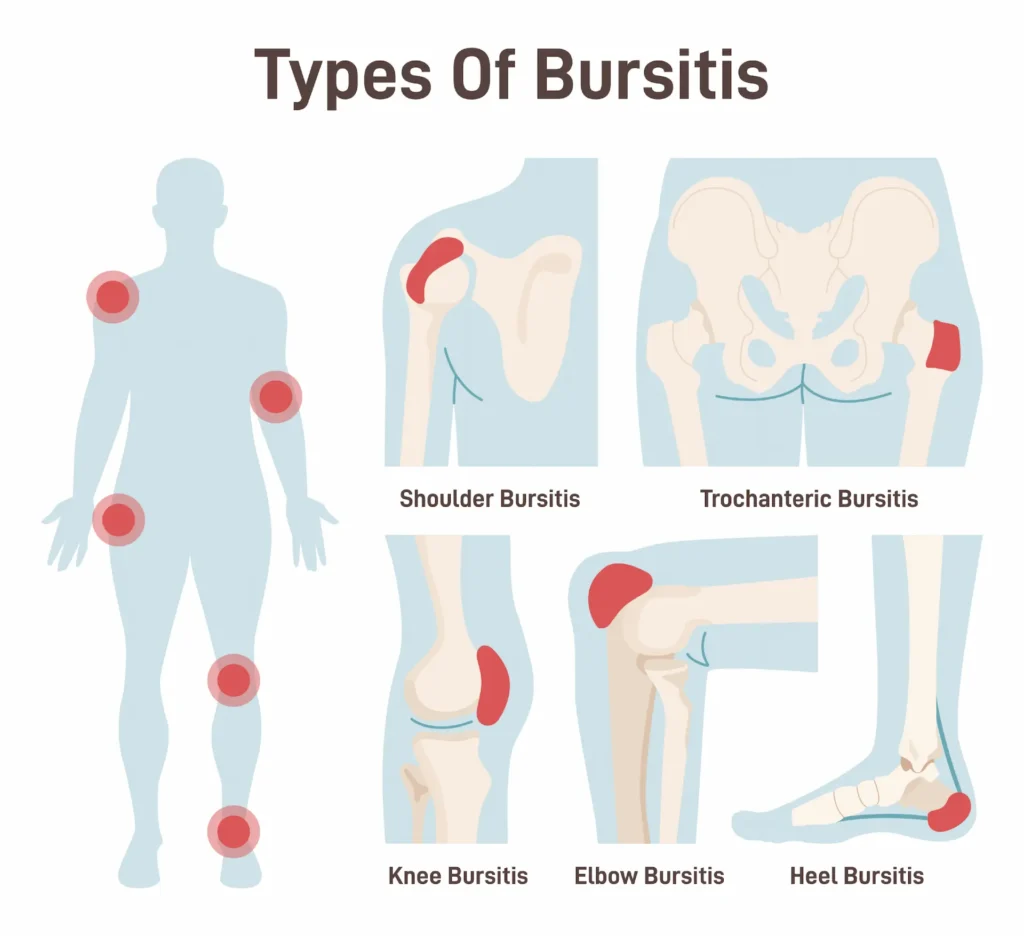
Shoulder bursitis is often caused by repetitive overhead movements or poor posture. Treatment includes:
The focus starts with pain relief, then improving movement, and finally correcting the root cause.
Hip bursitis can make walking or lying on your side painful. The best approach usually includes:
Most clients see significant improvement within 3-5 sessions.
For knee bursitis, effective treatment typically includes:
The key is treating the whole leg – often problems start in the foot or hip and affect the knee.
Elbow bursitis responds well to:
We also address habits like leaning on the elbow that might contribute to the problem.
A typical bursitis treatment plan follows this progression:
Most clients notice improvement within 1-2 sessions, though complete healing depends on how long you’ve had bursitis and its severity.
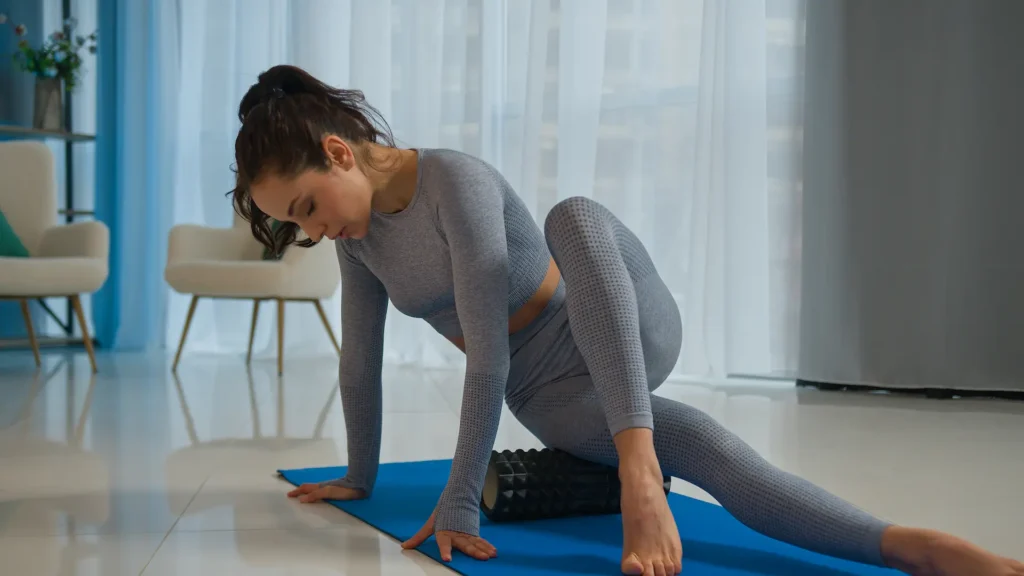
What you do between sessions greatly affects your recovery. I recommend:
Consistent self-care often makes the difference between temporary relief and lasting healing.

Having bursitis doesn’t mean you have to give up your favorite activities. With the right treatment and self-care, most people not only recover but often move better than before.
Take Michael, the construction worker – after addressing his bursitis with targeted bodywork, he returned to work pain-free and learned how to prevent future flare-ups. Two years later, he’s still going strong and has even taken up hiking.
If you’re dealing with bursitis, there are effective ways to relieve pain and improve movement. Exploring techniques like myofascial release, trigger point therapy, and joint work can make a big difference in your recovery.
Ready to take the next step? Schedule a session with Bodywork Masters today, and let’s create a plan to help you move pain-free.